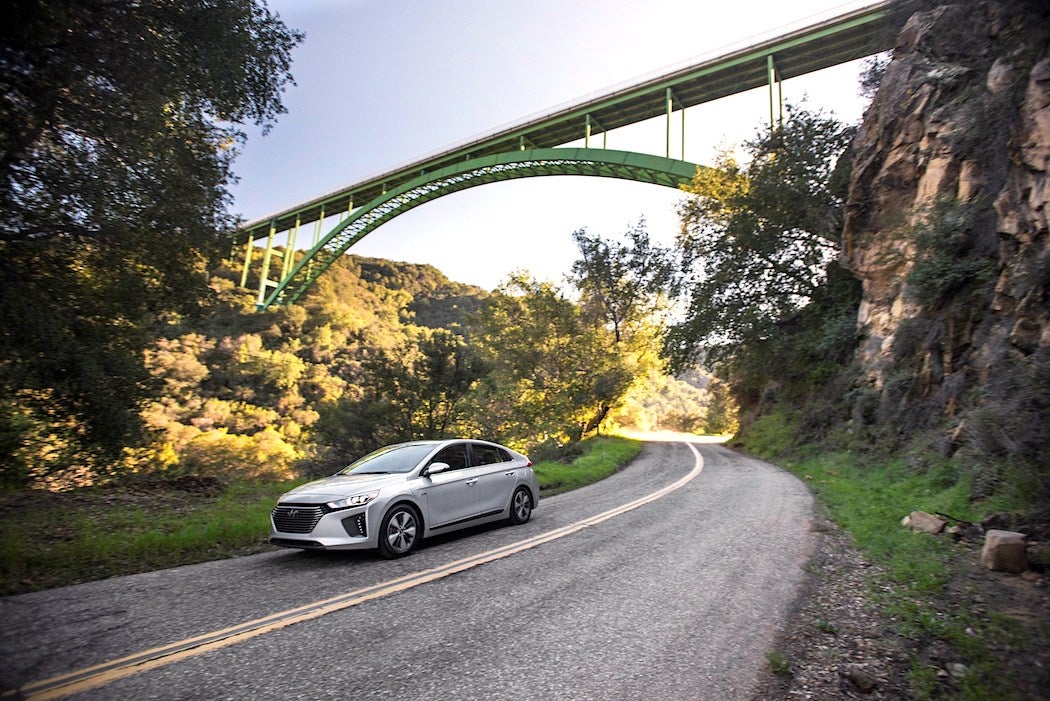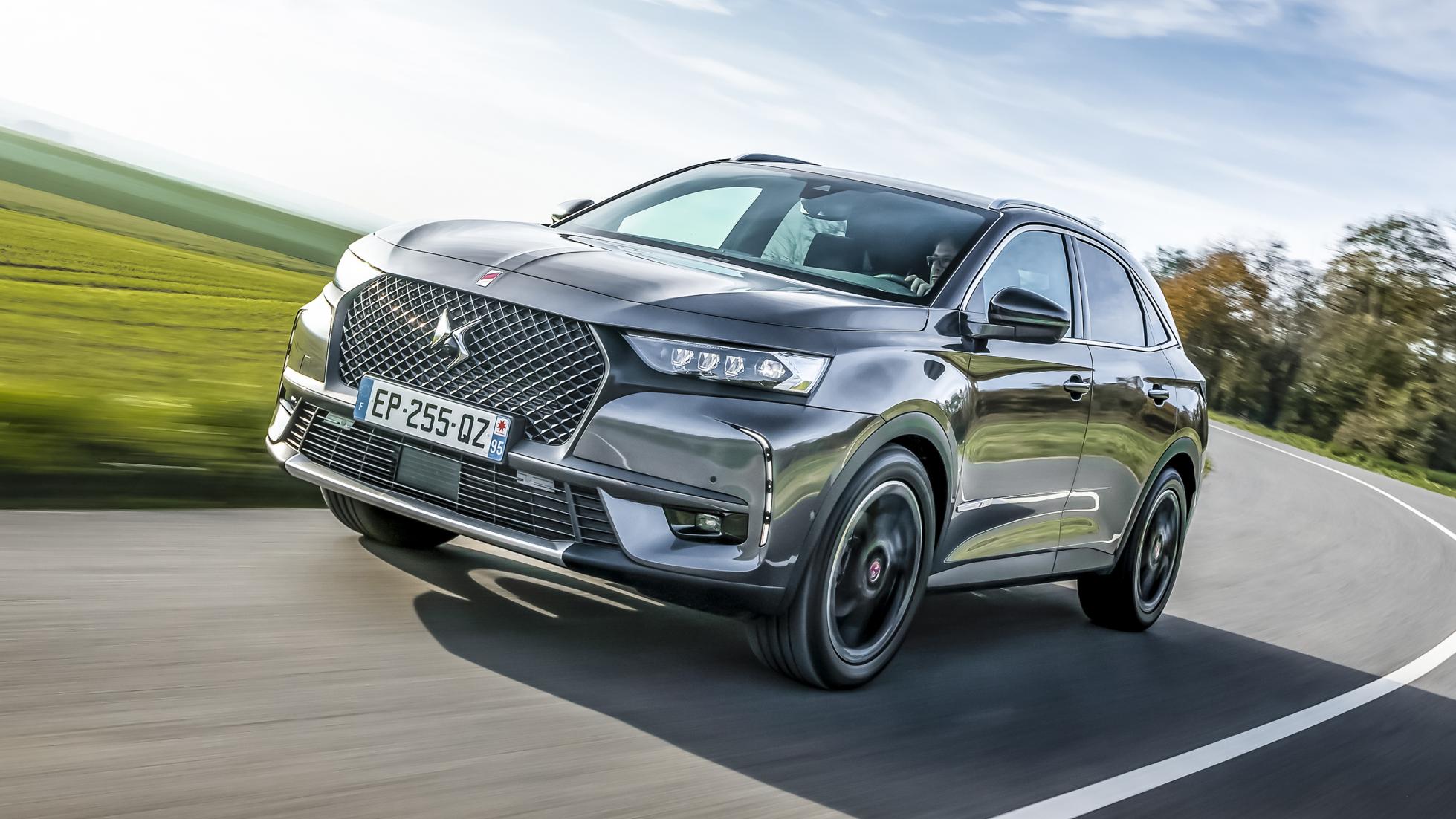Having not seen the movie, I’m not sure who killed the electric car. I am grateful, however, for companies like Hyundai for bringing it back to life with the Ioniq PHEV.
When I was offered the chance to take the Ioniq PHEV for a week-long spin recently, I knew I wasn’t necessarily going to be taking the wheel of a vehicle most men would associate with a luxury brand. To some guys, a Ferrari is still sexy. To others, a Lamborghini represents the ultimate fantasy on wheels. An hybrid you can plug into the wall? Hmmm. . .

For me, though — and I imagine countless other guys — the idea behind the Ioniq PHEV offers a unique kind of luxury experience. The car is designed with commuters in mind. As an electric vehicle, for example, it can run up to 45 km once it’s been fully charged. It only turns into “gas-using mode” once the charge has nearly run out. That means, unless your trip back and forth to work is particularly long, you’ll be able to get around for the better part of a week without having to stand next to a pump and watching your money disappear. That’s luxury to me.
In terms of appearance, meanwhile, the Ioniq PHEV achieves a subtle elegance and sophistication that avoids the look-at-meness of a luxury car that draws more attention to the vehicle than its owner. It’s small enough to fit into snug parking spaces but was large enough to fit all three of my excited kids in the back (“This is the best car I ever rided!” my somewhat grammatically-challenged six-year-old daughter exclaimed). And it has the little extras you want, like a moon roof and a great in-car entertainment system, to make driving more fun.
As a longtime transit user, I might be a little biased in my experience of driving the Ioniq PHEV. I’ve never gotten to be that guy cruising around the city with my music blaring as I went from a client meeting to the beach. There’s also something to be said for hitting the road during some of the most gorgeous days of the summer. Still, it’s not hard to see how a car like this couldn’t fit into — and bring a lot of enjoyment to — the average city dweller’s lifestyle.
I’d never driven an electric vehicle before, and was pleasantly surprised to find a number of charging stations all around Toronto, the city where I live. Getting to a full charge from one of these took about three hours. I’m a bit unusual in that I work for myself and basically bounce around the city all day. If it were possible to plug in when you get to work, you wouldn’t need a full tank of gas very often at all. You could also plug in at home, meanwhile, where getting a full charge would take closer to eight hours. In my case, I share parking with my next-door neighbors, and this wasn’t our month to use the spot, so that wasn’t an option. I know I’m not alone in this, so you’d have to manage your expectations of how often you’d be fully charged, or what kind of effort it would take to recharge the Ioniq PHEV in some cases.
Just to be safe, I pushed the Ioniq PHEV’s limits with at least one longer road trip when my wife and I managed a weekend getaway in Muskoka. The dashboard gives you plenty of indication when the car will start using regular fuel (at which point it works like a more traditional hybrid) but nothing changed in terms of how well it drove. We were able to stop in at our in-laws’ on the way back and plug in at their house, which meant that over the course of the entire week, I only had to refuel once, and even then it wasn’t even three quarters of a tank.

Of course, the result of all this is that I spent a small fortune on parking, but if I’d had to pay for gas as well, the costs of enjoying a car in the city would have escalated dramatically. Instead, I’ll remember that feeling of freedom — almost electrifying.


















